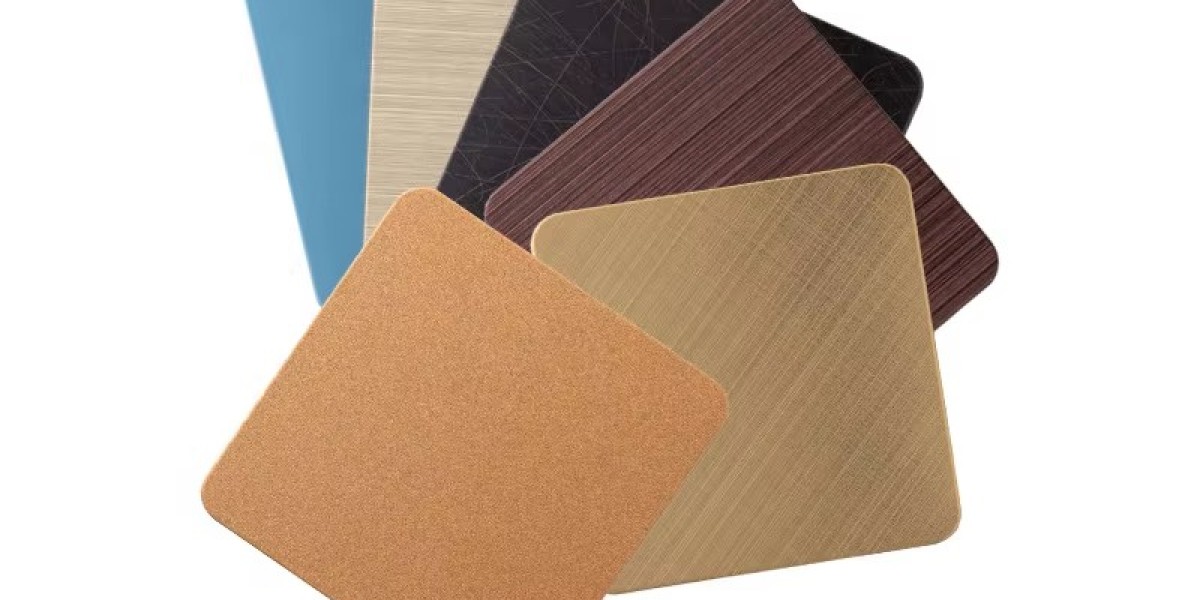Stainless steel sheets are a popular choice in various industries due to their durability and aesthetic appeal. However, bending these sheets requires specific techniques to achieve the desired results without compromising the material’s integrity. This guide will explore the essential bending techniques for stainless steel sheets, ensuring you can make informed decisions for your projects.
Understanding the properties of stainless steel is crucial when considering bending techniques. Stainless steel sheets possess a high tensile strength, making them resistant to deformation. However, this same strength can make bending challenging. Proper techniques can mitigate the risk of cracking or warping. One of the most effective methods is the use of a press brake, which allows for precise control over the bending angle and depth. By utilizing a press brake, manufacturers can achieve consistent bends that meet stringent specifications, enhancing the overall quality of the final product.
Another essential technique involves the use of various bending tools and dies. The choice of tool can significantly impact the outcome of the bending process. For instance, using a V-die can create sharp bends, while a radius die is better suited for wider, more gradual bends. Understanding these tools and their applications is vital for anyone working with stainless steel sheets. Moreover, proper setup and calibration of the bending equipment ensure that the stainless steel sheets are bent accurately, reducing material waste and increasing efficiency.
Temperature also plays a critical role in bending stainless steel sheets. Heating the material before bending can improve its malleability, allowing for smoother bends and reducing the risk of cracking. Techniques such as induction heating or using a furnace can prepare the stainless steel sheets for bending, making the process more manageable. However, it is important to monitor the temperature closely to avoid overheating, which can lead to other issues such as loss of strength.
Lastly, post-bending treatments can enhance the performance of bent stainless steel sheets. Processes such as annealing can relieve internal stresses, ensuring the material retains its structural integrity. Additionally, surface treatments like polishing or coating can improve corrosion resistance, making the bent sheets suitable for various applications, from architectural features to industrial components. By understanding and implementing these bending techniques, manufacturers can maximize the potential of stainless steel sheets, ensuring high-quality results that meet industry standards.
In conclusion, mastering the bending techniques for stainless steel sheets is essential for achieving optimal results in various applications. By utilizing press brakes, selecting appropriate tools, managing temperatures effectively, and applying post-bending treatments, manufacturers can enhance the performance and durability of their products. Investing in these techniques not only improves the quality of the final output but also contributes to greater efficiency and cost savings in the long run.






